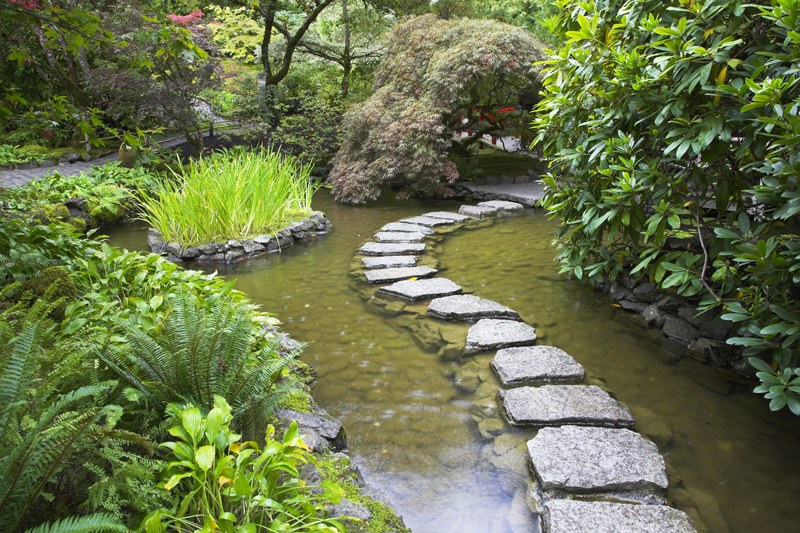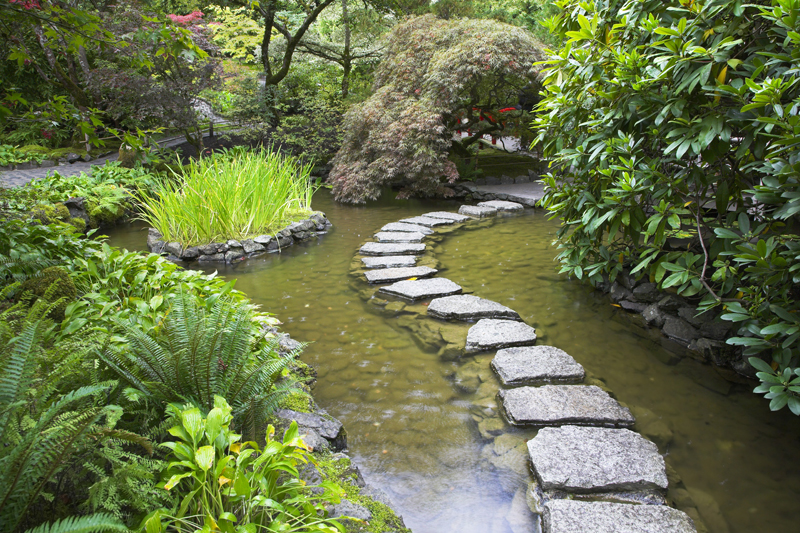Recommended Species of Glory of the Snow

The following species are recommended for pollinator gardens.
Lesser glory of the snow (Chionodoxa sardensis) has been in cultivation since 1883. This species has blooms that are especially intensely blue. In addition, these flowers also have the smallest white centers of all the species.
Lesser glory of the snow is only four to six inches in height. Hardy to zone four, this does well in part shade and spreads very nicely. The blooms are slightly smaller, but at the same time they are an intensely deep shade of blue. What is different about these blossoms is that they are pure blue. This means the white centers seen in the flowers of the other species is totally absent.
The blossoms are a lovely gentian blue. The foliage is more narrow and channeled compared to that of the other species. This species is normally not as widely grown as the others.
Forbes glory of the snow (Chionodoxa forbesii)
Forbes glory of the snow is hardy to zone four. It naturalizes well.
The plant is native to Crete and Turkey. A number of varieties of this plant are available.
Forbes glory of the snow is five to seven inches in height. It features fleshy, strap-like foliage that can be up to ten inches in length. The foliage appears just as the blooms begin to open.
The star-like flowers open in April and can last for up to two weeks. Each flower stem can have up to a dozen blossoms. These are intensely blue-violet with showy white centers.
Lucille’s Glory of the snow (Chionodoxa luciliae or gigantea)
Hardy to zone four, it is native to Crete, Turkey, and Asia Minor. Lucille’s glory of the snow has especially large blooms. Often, it will have multiple flower stems per plant.
The plant reaches six to twelve in height. It has been in cultivation since 1878. This bulbous plant has grass-like foliage that is shorter than the flower clusters when it first begins blooming.
Flowering for this species is slightly earlier than the other species.
This features lilac to blue-lavender blossoms with whitish-blue centers. There is typically three to five blooms per cluster. The centers are slightly smaller than that seen in the other species.
The bell-like blossoms are bell-like and an inch wide. These flowers are an excellent source of nectar and pollen.
Lesser glory of the snow (Chionodoxa sardensis) has been in cultivation since 1883. This species has blooms that are especially intensely blue. In addition, these flowers also have the smallest white centers of all the species.
Lesser glory of the snow is only four to six inches in height. Hardy to zone four, this does well in part shade and spreads very nicely. The blooms are slightly smaller, but at the same time they are an intensely deep shade of blue. What is different about these blossoms is that they are pure blue. This means the white centers seen in the flowers of the other species is totally absent.
The blossoms are a lovely gentian blue. The foliage is more narrow and channeled compared to that of the other species. This species is normally not as widely grown as the others.
Forbes glory of the snow (Chionodoxa forbesii)
Forbes glory of the snow is hardy to zone four. It naturalizes well.
The plant is native to Crete and Turkey. A number of varieties of this plant are available.
Forbes glory of the snow is five to seven inches in height. It features fleshy, strap-like foliage that can be up to ten inches in length. The foliage appears just as the blooms begin to open.
The star-like flowers open in April and can last for up to two weeks. Each flower stem can have up to a dozen blossoms. These are intensely blue-violet with showy white centers.
Lucille’s Glory of the snow (Chionodoxa luciliae or gigantea)
Hardy to zone four, it is native to Crete, Turkey, and Asia Minor. Lucille’s glory of the snow has especially large blooms. Often, it will have multiple flower stems per plant.
The plant reaches six to twelve in height. It has been in cultivation since 1878. This bulbous plant has grass-like foliage that is shorter than the flower clusters when it first begins blooming.
Flowering for this species is slightly earlier than the other species.
This features lilac to blue-lavender blossoms with whitish-blue centers. There is typically three to five blooms per cluster. The centers are slightly smaller than that seen in the other species.
The bell-like blossoms are bell-like and an inch wide. These flowers are an excellent source of nectar and pollen.

Related Articles
Editor's Picks Articles
Top Ten Articles
Previous Features
Site Map
Content copyright © 2023 by Connie Krochmal. All rights reserved.
This content was written by Connie Krochmal. If you wish to use this content in any manner, you need written permission. Contact Connie Krochmal for details.



